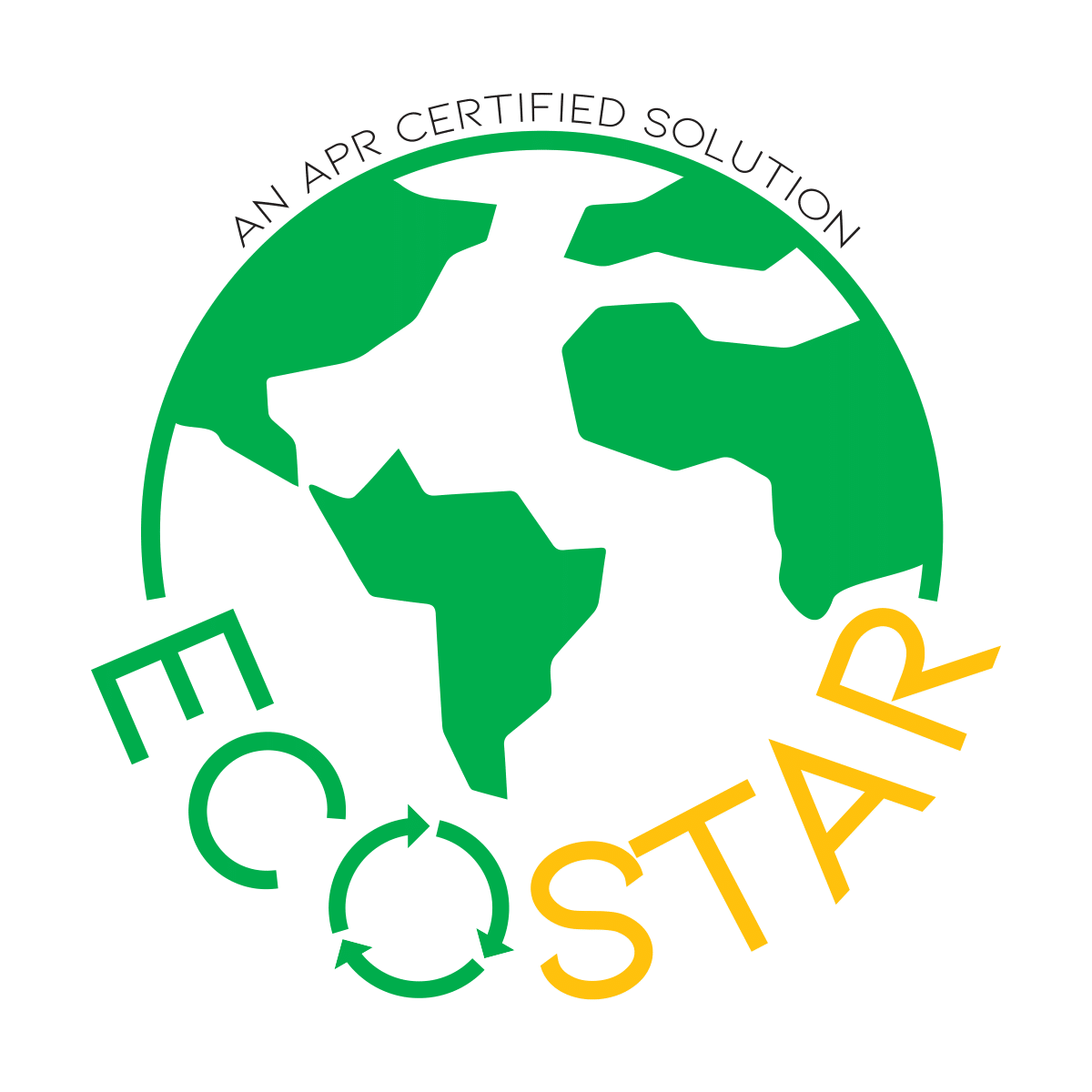Polyethylene terephthalate (PET) is a widely used plastic in beverage bottles, food packaging, and other consumer products due to its durability and versatility. Given its popularity in manufacturing, it generates a significant amount of post-use waste. Hence, recycling PET is crucial to sustainable waste management. This process conserves valuable resources and reduces the environmental impact of producing virgin plastic.
The Association of Plastic Recyclers (APR) follows a well-defined process to recycle PET plastics. It is an industry organization that establishes guidelines to facilitate the recycling process and ensures that the plastics meet specific criteria for sustainability. Here is an overview of APR’s systematic approach:
1. Collecting
APR’s PET recycling process starts with strategically collecting PET plastic products from various sources. This includes retrieving items from households, businesses, and dedicated recycling centers. The focus is on items like beverage bottles, food containers, and polyester textiles since they account for a significant percentage of the plastic waste stream.
2. Sorting
Ensuring the purity of the PET stream is an important stage, and APR achieves this through a meticulous inspection process. The collected plastic products are subjected to rigorous sorting techniques that effectively remove contaminants and segregate them from other types. This precision guarantees that only clean and uncontaminated PET materials move forward in the recycling process.
3. Cleaning
After sorting, the PET plastic undergoes an extensive cleaning process. This critical step removes the labels, adhesives, and lingering contaminants on the plastic items. The thoroughness of this procedure maintains the quality of the recycled material and reduces the risk of impurities compromising the item’s structural integrity.
4. Shredding
The cleaned PET plastic undergoes a mechanical shredding operation, breaking it into pieces or flakes. This size reduction significantly increases the material’s surface area, facilitating easier handling and streamlining processing in subsequent operation stages. This stage also enhances the plastic’s reception of chemical and thermal procedures.
5. Melting and Purifying
During this phase, the shredded PET material is subjected to controlled melting. Simultaneously, rigorous purification processes are implemented to eliminate residual impurities that may have been left over from earlier stages. The primary objective of this step is to ensure that the recycled item achieves high purity and quality.
6. Extruding
The purified PET undergoes a transformation from molten plastic to pellets or granules. This extrusion process is crucial in shaping the recycled material into a refined form. The resulting pellets become a versatile feedstock that can be employed in producing new PET items, including bottles, containers, and textiles.
7. Manufacturing New Products
The final step in APR’s PET recycling process involves utilizing the pellets to manufacture new products. The approach fosters a circular economy and significantly reduces the demand for virgin PET plastic. This contributes to a more sustainable and environmentally friendly production cycle.
While APR establishes the framework, it is important to note that specific facilities and manufacturers carry out the physical process. These entities actively follow the APR principles and standards, ensuring a consistent and high-quality approach to PET recycling across the industry.
Choose Star Label Products for Guaranteed Sustainable Solutions
Star Label Products provides sustainable PET solutions that meet the requirements of the APR Design Meets Preferred Guidance (MPG) Program! Our EcoStar labels are made of recyclable polypropylene film and printed with authorized inks. This guarantees that the entire packaging complies with APR recyclability criteria.
Contact us now to explore our APR-compliant packaging solutions!


